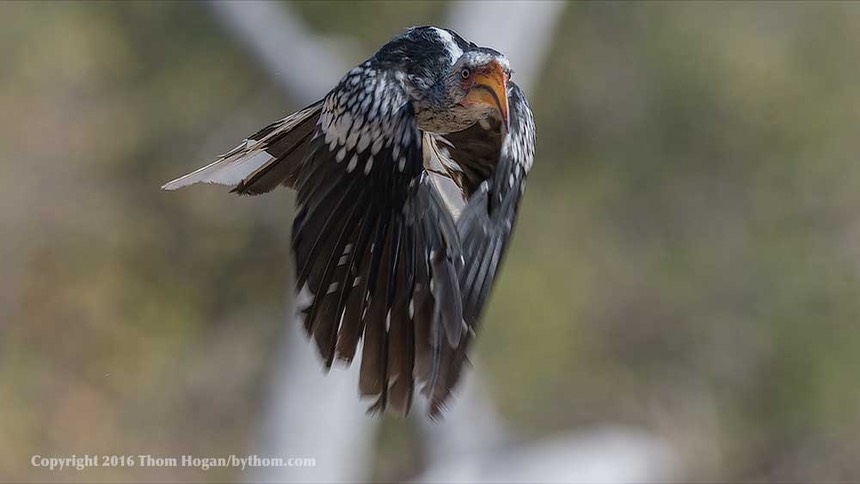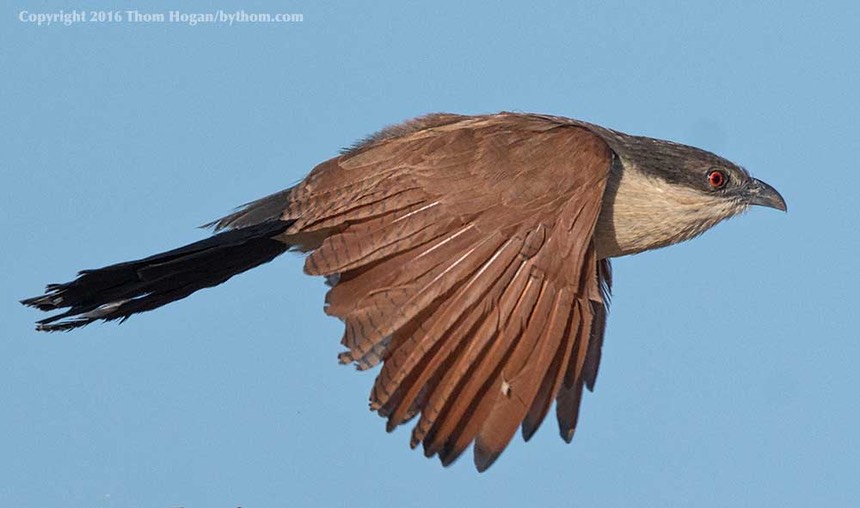Today was a dull day for the most part. We broke camp fairly quickly as we had to get people to where they needed to be by mid-day. One vehicle headed to the Khwai airstrip so that the group can take a late morning flight that’ll get them up to Vic Falls; so they’ll be doing a leisurely game drive this morning before they wait for their plane.
The rest of us headed back to Maun. Several needed to be dropped off at the airport around lunch time to catch their flights home. The rest of us are overnighting at the Maun Lodge, as we’ll all be headed out somewhere new tomorrow.
Since I’ve got Internet and a desk and not a lot of photos from today, I think I’ll take this blog page to go a different direction. More photos tomorrow, I promise. Indeed, at least three more days of photos are coming. So those of you in need of a pixel rush, just look up there at the header image today. The rest of you keep reading…
We had at least eight D500’s on this trip. Some D5’s, D8xx’s, and a few other recent Nikon DSLRs. We had at least six 200-500mm f/5.6 lenses, almost as many 500mm f/4, and a host of other Nikon telephoto lenses. Most everyone had one body with a 70-200mm on it.
Personally I’ve shot almost 9000 images so far, the majority of them on the D500. Here’s the thing: I still get regular emails every week from D500 users with reports of card failure or complete lockup. I had no card failures and no lockups. I don’t recall any of the students complaining about lots of card failures and any lockups; indeed, I can only remember one mention of a card failure.
I’m starting to believe that both those problems are highly sequence specific, and for most of my shooting I just never do the things that cause them. For instance, it seems clear to me now that the card failure problem still presents itself when you’re pushing the camera with lots of images. I can get my camera to produce a card failure by shooting a burst but having the image view set to 72 images at once. Likewise, I get reports of the card failure coming on things like Copy Image(s) and bulk deletes. Those failures can be on any card, XQD or SD, from any maker. But in the field, shooting normally, I just don’t encounter such failures.
Likewise, the lockup failures that I still get reported regularly must be due to specific sequences of control use that I don’t normally perform while shooting. Remember that the one repeatable lockup that I documented in the D500 Blog was a very specific menu choice sequence.
My best guess is that both problems are borderline problems. The camera is assuming a certain response time as you’re shooting and controlling the camera in various ways, and some borderline cases are outside the expected bounds, causing the camera to either punt with an error message (card failures), or get into an unexpected state (lockups). These are the toughest problems to find, and they’re only findable with good, solid testing. That Nikon hasn’t found all of them yet is bothersome, to say the least, but again, it’s not affecting my shooting one iota.
Meanwhile, on batteries I decided to just press them as hard as I could. On average, I was getting near 2000 shots a charge, and my discussions with various students also shooting a D500 was similar. That meant that the five EN-EL15 batteries I brought technically could have lasted me the entire trip without recharging to this point, though I topped off two of them along the way and am recharging the rest tonight.
The focus system on the D500 is great, but only if you’re in complete mastery of it. It took a couple of days to get a few of the students up to a level I’d call approaching mastery. That’s because, despite the seeming similarities to the old focus system, the new one just has a lot of nuances you want to understand.
First up, Nikon really needs to add D9 to the D500. They did that with a firmware update to the D5, so there’s hope that we’ll see it on a D500, too. But it really is sorely missed.
Why? Because D25—the smallest of our dynamic area levels other than single point—is tricky. It’s covering a broader area on a DX body than D9 did, but with smaller focus points. That means that it is more likely to switch off your selected focus sensor (center of the 25) to one of the adjacent ones. And it can switch further away from center than before. And many of those new points—but awkwardly, not all, especially in the two columns to the side of center—are also cross point. Remember, Dynamic Area 25 means this: start trying to focus on the central point I choose, but move to another one of the 25 points if (1) the central point doesn’t have enough contrast; or (2) the system believes that the subject is moving.
It’s #1 that is trickiest on the new system. If you move the the selected point (center point of the 25) to the areas that don’t have cross sensors, see what happens? There’s a good chance that there’s a cross sensor in the outer group of 25, and it’s likely to have better contrast than the one you picked.
Many of you might not have noticed this because you don’t try to move the selected point during action, and just leave focus on the center point. I’ve always moved my focus point actively, but now we have that wonderful little thumbstick to do that with and it’s a lot easier to do. Heck, you can program a press of the thumbstick to AF-On, which allows you to have back button focus and position all in one control. Unfortunately, I don’t find the button action on the thumbstick to be great, but it certainly is possible to shoot this way: AF-On for the button press option, cursor movement for the selection option.
Which brings me to another point: you need to program your second-most-used autofocus mode into a button somewhere. Why? Well, let’s take birds in flight: a bird flying towards you almost always will focus best with Group AF.

Subjects moving more parallel to you, not so much.

That’s because Group AF prioritizes the closest subject. The closest subject in that narrow group area is going to be the head of the bird if you’re holding framing well. But when the bird is flying parallel to you, the nearest wing is going to catch focus with Group AF, and you’ll be wanting to switch to…wait for it…D9 ;~). Okay, D25 for now. Or maybe Single Point.
You can assign a button hold to make that switch for you. And you can make that button hold produce AF-On plus the switch of focus mode! You can do this with the DOF Preview button, the Fn1 button, the AF-On button, and the thumbstick button. So more so than previous Nikon DSLRs, you really need to think out your preferred focus modes, when you use them, and how you’d best access them.
Right now my DOF Preview button is set to Single Point+AF On, my AF-On button set to just AF-On (and D25 is my usual camera base focus setting), and my thumbstick button is set to Group+AF On. No button held down? The camera isn’t focusing (typical back button focus behavior). Which button I hold down sends me immediately into focusing in a specific mode (Single Point, D25, or Group). The buttons aren’t perfectly placed for this, but close enough that it’s a very usable method of controlling the camera’s focus quickly.
Which brings us to image quality. Two things: don’t push the ISO too far, and don’t trust the meter.
Wait, what? Don’t trust the meter?
No.
On the D5 and D500 Nikon has changed something so that if the camera meters “correctly” the JPEG will look right but the NEF won't. It’s not that the meter is inconsistent. It’s that the meter is just wrong for raw files.
The histograms are based upon the JPEG. But a histogram pushed right up to the right edge (ETTR) will be almost a half stop underexposed when you look at the NEF file carefully. Ugh. Note that Adobe’s raw converters (Lightroom and ACR) secretly add 0.35EV to NEF images when you pull them up. That’s right, 0 in the Exposure slider is actually +0.35EV. So Adobe is aiding and abetting this JPEG/NEF differential that Nikon suddenly has stuck us with.
I’m tempted by dialing in +0.3EV exposure compensation and then reading the JPEG histograms, but that doesn’t seem to work well in certain types of light. As I said, I’m still trying to figure out the best case process here. But here’s the thing: if you expose by the meter you indeed lose the little bit of gain the D500 has in dynamic range over the D7200. In fact, almost exactly.
As for pushing ISO, I’m in the same place with this as I was with the D7200. I won’t avoid ISO 3200, but I need a seriously strong reason to go to ISO 6400, and I just don’t think that pushing any deeper into the D500’s extensive high ISO numbers is all that useful for top-notch work. Maybe if I were only shooting for Facebook pages, but not for a 13x19” print, for sure. I’ll have more to say about this soon, as it is a common question I keep getting (“what is the max ISO I should use?”).
